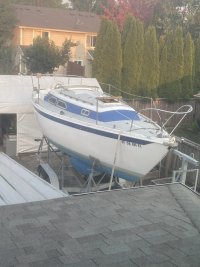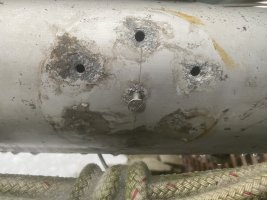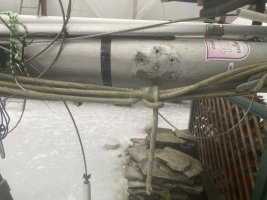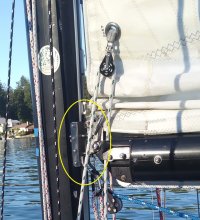Hi all,
I have my E27 on the hard at my house here in the PNW. She came with many of the usual issues which are being addressed, including a stripped out main halyard. I’ve sailed two seasons on the Columbia Rv. and always hoisted the main by hand. I’ve decided to replace the winch, a Barlow 16, and need recommendations. I am planning to install a Selden pad (Selden WPD 140) and I’m not sure of the best way to deal with the existing holes. My first instinct is to put a pop rivet into each of the holes and seal them with butyl caulk. The Seldon block mounting holes would be/could be above or below the existing holes. Open to ideas and comments, even humorous ones …
I have my E27 on the hard at my house here in the PNW. She came with many of the usual issues which are being addressed, including a stripped out main halyard. I’ve sailed two seasons on the Columbia Rv. and always hoisted the main by hand. I’ve decided to replace the winch, a Barlow 16, and need recommendations. I am planning to install a Selden pad (Selden WPD 140) and I’m not sure of the best way to deal with the existing holes. My first instinct is to put a pop rivet into each of the holes and seal them with butyl caulk. The Seldon block mounting holes would be/could be above or below the existing holes. Open to ideas and comments, even humorous ones …





